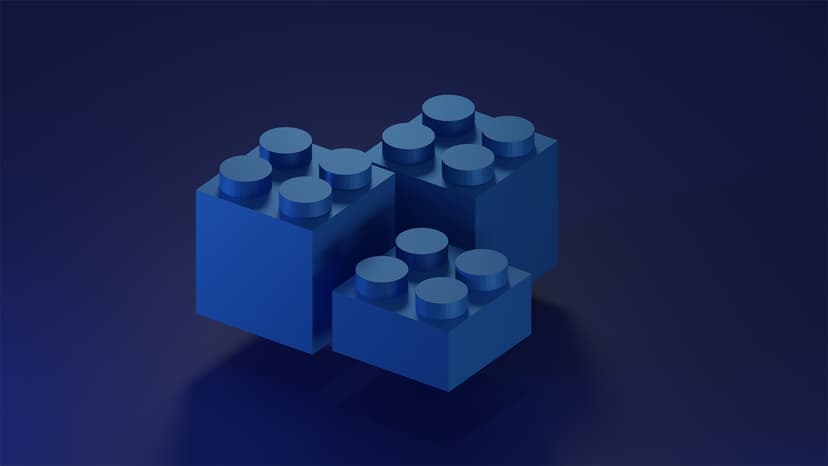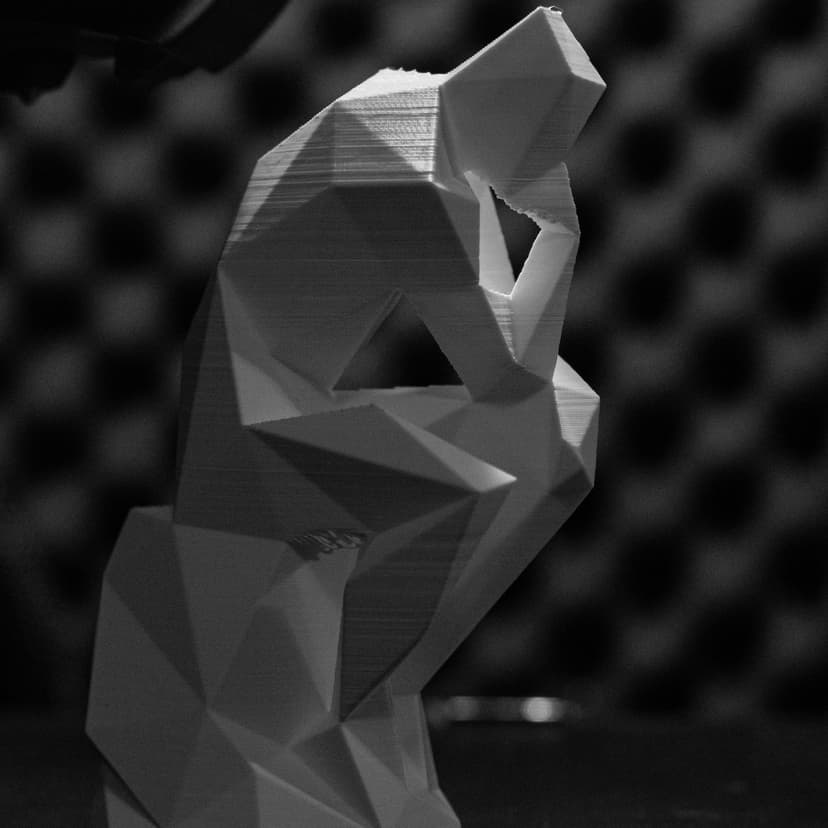Fused Deposition Modeling (FDM) is an additive manufacturing process that utilizes a thermoplastic filament as the printing material.
Understanding the FDM Process
The FDM process involves the following steps:
- Digital Model Creation: FDM begins with the creation of a digital 3D model using computer-aided design (CAD) software, usually saved in STL format.
- Slicing and Instruction Generation: Specialized slicing software breaks down the 3D model into thin layers, generating instructions for the 3D printer. Parameters such as layer thickness and infill density can be adjusted.
- Printing Material and Filament: FDM printers utilize thermoplastic filaments like Acrylonitrile Butadiene Styrene (ABS) and Polylactic Acid (PLA). The filament is loaded into the printer's extruder system.
- Melting and Extrusion: The printer heats the nozzle, softening the filament until it becomes molten. The extruder system pushes the molten filament through the nozzle's small opening.
- Layer-by-Layer Deposition: The printer follows the slicing software instructions, depositing the molten material onto the build platform or the previous layer. Each layer solidifies rapidly as heat dissipates, adhering to the previous layer.
- Support Structures: FDM printers can create temporary support structures for overhanging features, minimizing the need for manual post-processing.
- Post-processing: After printing, the object may require post-processing, such as removing support structures, surface sanding, and additional treatments like painting or coating.
Advantages of Fused Deposition Modeling (FDM)
FDM offers several advantages, including:
- Versatility: FDM is compatible with various thermoplastic materials, enabling diverse applications and customized properties.
- Affordability: FDM printers are relatively inexpensive compared to other additive manufacturing technologies, making them accessible to a wider audience.
- User-Friendly: FDM machines are easy to use, with a straightforward printing process requiring minimal setup and maintenance.
- Built-in Support Structures: FDM printers can generate support structures, reducing the need for extensive manual post-processing.
- Large Build Volume: FDM printers come in different sizes, allowing for the production of large-scale objects.
Considerations and Disadvantages
Despite its benefits, FDM has certain limitations to keep in mind:
- Lower Resolution: FDM prints may exhibit visible layer lines, resulting in a relatively lower resolution compared to techniques like SLA or SLS.
- Material Strength: While FDM offers a wide range of material options, the strength and mechanical properties may not match those of injection-molded parts.
- Printing Speed: FDM printing can be time-consuming, especially for complex designs, due to the layer-by-layer deposition process.
Applications of Fused Deposition Modeling (FDM)
FDM finds its utility in various applications, such as:
- Rapid Prototyping: FDM is widely used for rapid prototyping, allowing engineers and designers to iterate and test their designs quickly.
- Customization: FDM enables the production of personalized objects, including customized orthopedic implants and dental aligners.
- Education: FDM printers are popular in educational settings, fostering hands-on learning and introducing students to 3D printing technology.
- Tooling and Jigs: FDM can produce low-cost tools, jigs, and fixtures used in manufacturing processes, reducing lead



